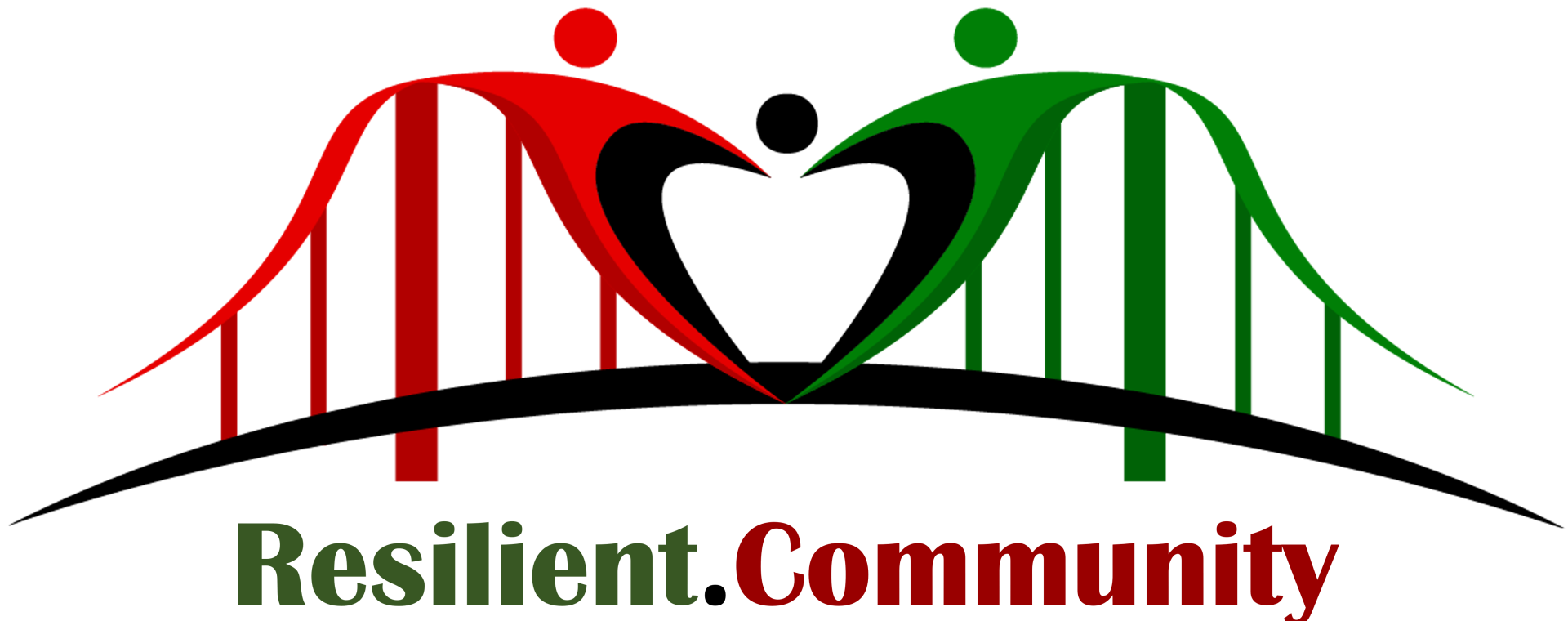Tackling mental health challenges in the public safety sector
Tackling mental health challenges in the public safety sectorMay is Mental Health Awareness Month. Public safety workers are at a high risk of occupational exposure to traumatic events and stress which can lead to mental health issues. Effective mental health programs are critical for addressing the unique challenges these workers face. Last week, a NIOSH Science Blog discussed the unique mental health challenges for the public safety sector and how these are being addressed by workplace mental health programs. This blog captures the outcomes of a meeting held in February 2024 by the National Occupational Safety and Health Administration’s (NIOSH’s) National Occupational Research Agenda (NORA) Public Safety Sector Council. The meeting included representatives across the public safety sector. The blog discusses the types of workplace mental health programs currently being implemented for each of five major subdisciplines in public safety: the fire service, emergency medical services (EMS), law enforcement, wildland firefighters, and corrections workers. The blog also summarizes efforts to evaluate the effectiveness of existing mental health programs in the public safety sector and the reasons why effective evaluation can be challenging. The meeting participants acknowledged a need for more experimental, controlled studies evaluating the effectiveness of mental health programs for public safety workers. NIOSH invites the public safety community to engage in this important discussion with several questions:
Read the full May 9 NIOSH Science Blog to learn more. Please consider sharing your organization’s efforts related to workplace mental health with NIOSH and the larger public safety community by posting answers to the above questions using the form at the end of the blog. (Source: NIOSH) |


